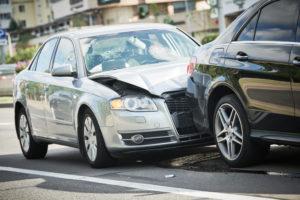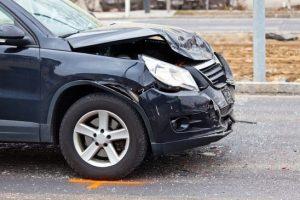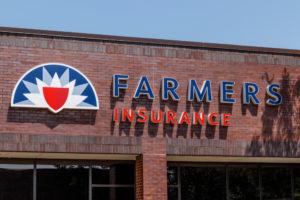
It’s no secret that driving in poor weather is dangerous. According to the U.S. Department of Transportation, approximately 22 percent of car accidents in the United States are weather-related.
Although you cannot control the weather, you can choose not to drive when Mother Nature strikes. If you must get behind the wheel, then it is vital that you adjust your behavior to the conditions.
Here Are Five Tips to Help You Avoid Weather-Related Crashes:
- Perform basic maintenance on your vehicle;
- Check your tire tread and pressure;
- Extend your following distance;
- Avoid driving in bad weather;
- And reduce your speed.
Driver errors cause the vast majority of motor-vehicle wrecks – even those that happen in adverse weather. If you were injured by a negligent or reckless motorist in Alabama, you may be entitled to compensation for medical bills, lost income, and non-economic damages.
A Montgomery injury lawyer from Morris Bart & Associates, LLC will help you pursue the maximum settlement. Our legal team will evaluate your case, gather evidence and tenaciously represent your interests.
Call 800-537-8185 to schedule a free initial consultation.
For a free legal consultation, call 800-537-8185
Let’s Take a Closer Look at Fives Strategies for Avoiding Weather-Related Crashes:
Perform Basic Maintenance on Your Vehicle
Most people are on a tight budget, but vehicle maintenance is one cost that you cannot afford to cut. In adverse weather, it is particularly important that your wiper blades are in good condition, your windshield is clean, and your electronic stability control is working.
If you want to save money on vehicle maintenance, visit USNews.com to learn 11 tasks you can perform without a mechanic.
Click to contact our personal injury lawyers today
Check Your Tire Tread and Pressure
Your tires are the only contact your vehicle has with the road, and if they lack adequate tread or pressure, you are more likely to crash. This is especially true in wet weather when drivers are vulnerable to skidding.
Extend Your Following Distance
In clear weather, you should maintain at least three seconds of space between your car and the leading vehicle when driving on the highway. In adverse weather, Smart Motorist recommends that you double that distance to six seconds.
Avoid Driving in Bad Weather
The best way to avoid weather-related accidents? Do not drive in adverse conditions. This may seem obvious, but experienced drivers are often complacent – and all it takes is one poor decision to cause a crash.
Reduce Your Speed
If you must drive in bad weather, then reduce your speed so you have more time to react to unexpected hazards. This will also shorten your stopping distance, which is vital when driving on wet surfaces.
If you were injured due to another motorist’s negligence, contact a Montgomery injury attorney from Morris Bart & Associates, LLC. We have been protecting the rights of the injured for more than three decades.
Our legal team will give your case the individual attention that it deserves. Call 800-537-8185 to schedule a free initial consultation.
Questions?Call 800-537-8185
to find a Morris Bart office near you.





